DiscoverThe Basics
What to Do and Where to Start
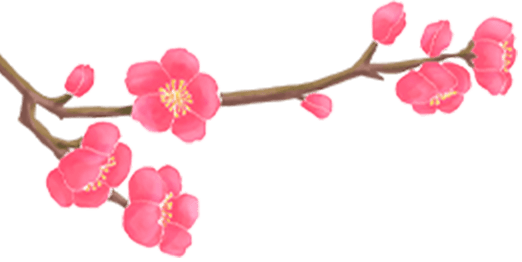
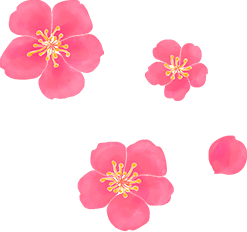
Dazaifu Tenmangu is a place of worship. As with all sacred sites, there are a few basics we ask everyone to observe. Browse this guide to discover typical shrine customs, basic etiquette, and interesting things to look out for.



Approaching the Shrine
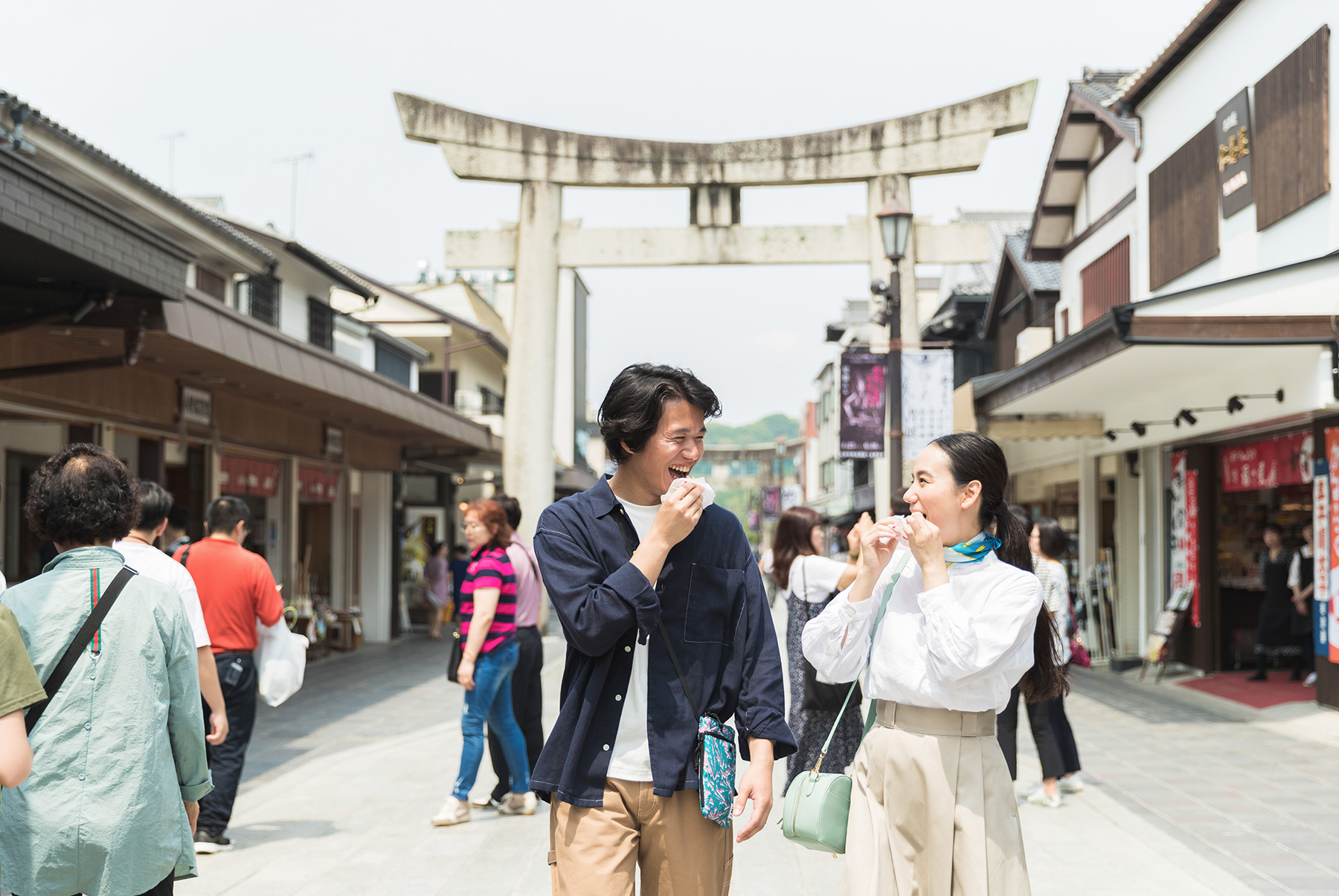
Japanese shrines often have several different access points, but there is always a main approach, marked by one or more torii gates. These gates can be found at all Shinto shrines and mark the entrance to sacred ground. The approach to Dazaifu Tenmangu is along the pedestrian street that leads east from Dazaifu Station. Shops and eateries line the approach, and many of them sell umegaemochi, a traditional sweet with close ties to Dazaifu Tenmangu. After walking a couple of hundred meters and passing under the first few torii gates, you enter the shrine grounds. The path continues past a bronze statue of an ox, an iconic symbol of the shrine, and over three bridges before ending at the romon, a grand two-story gate marking the entrance to the main sanctuary.


Purification Ritual
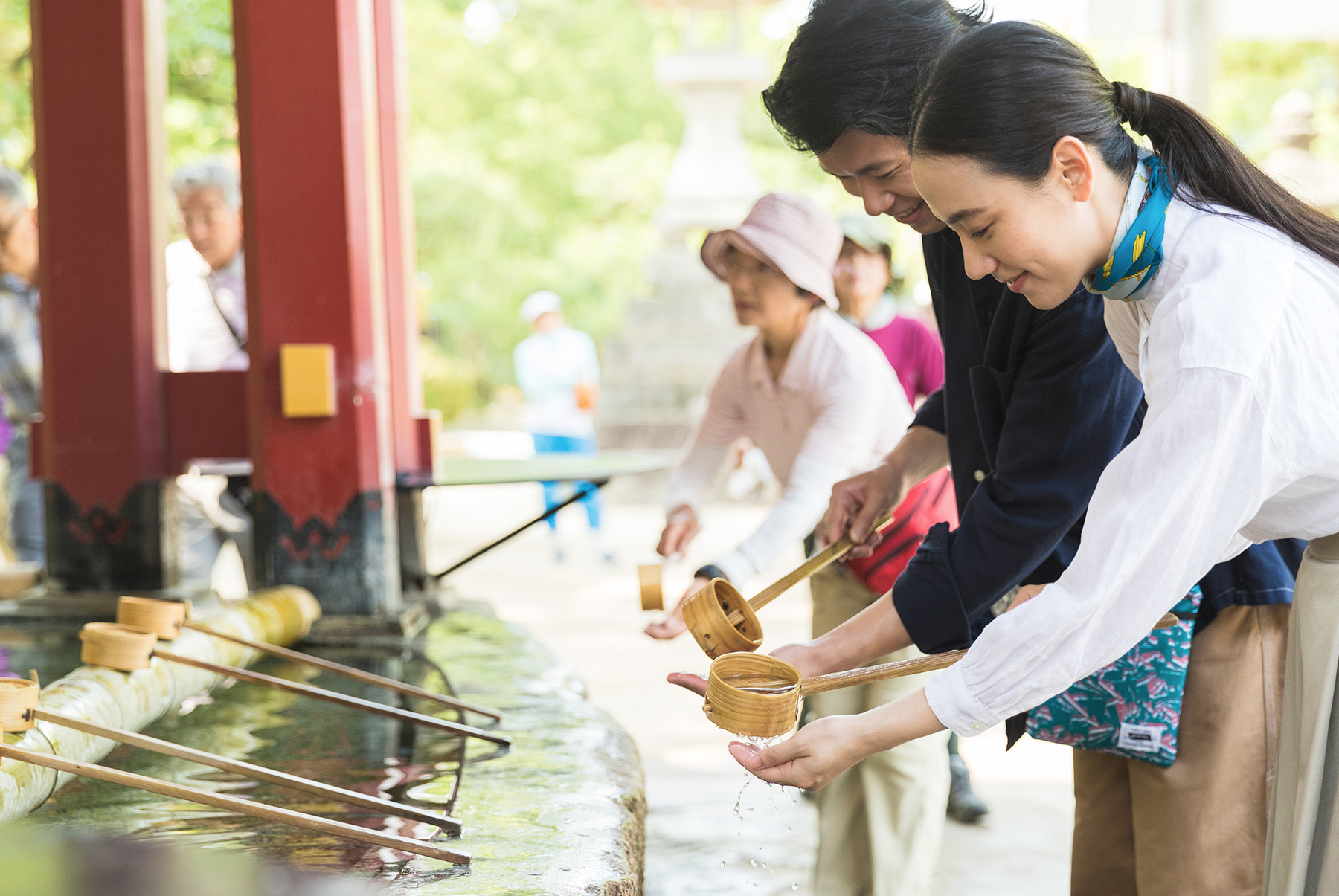
A little to your right before the romon gate is the temizuya, or purification font. All shrines have one of these, but the font at Dazaifu Tenmangu is exceptionally large and made from a single block of stone carved from the nearby mountainside. Special ladles for rinsing your hands and mouth are available at the font. Visitors to shrines perform this ritual to purify their body and mind before approaching the sacred main sanctuary. There are simple step-by-step instructions with pictures posted at the purification font. Follow these and do not be afraid of making mistakes—the purification ritual is part of the shrine experience.


Offering a Prayer
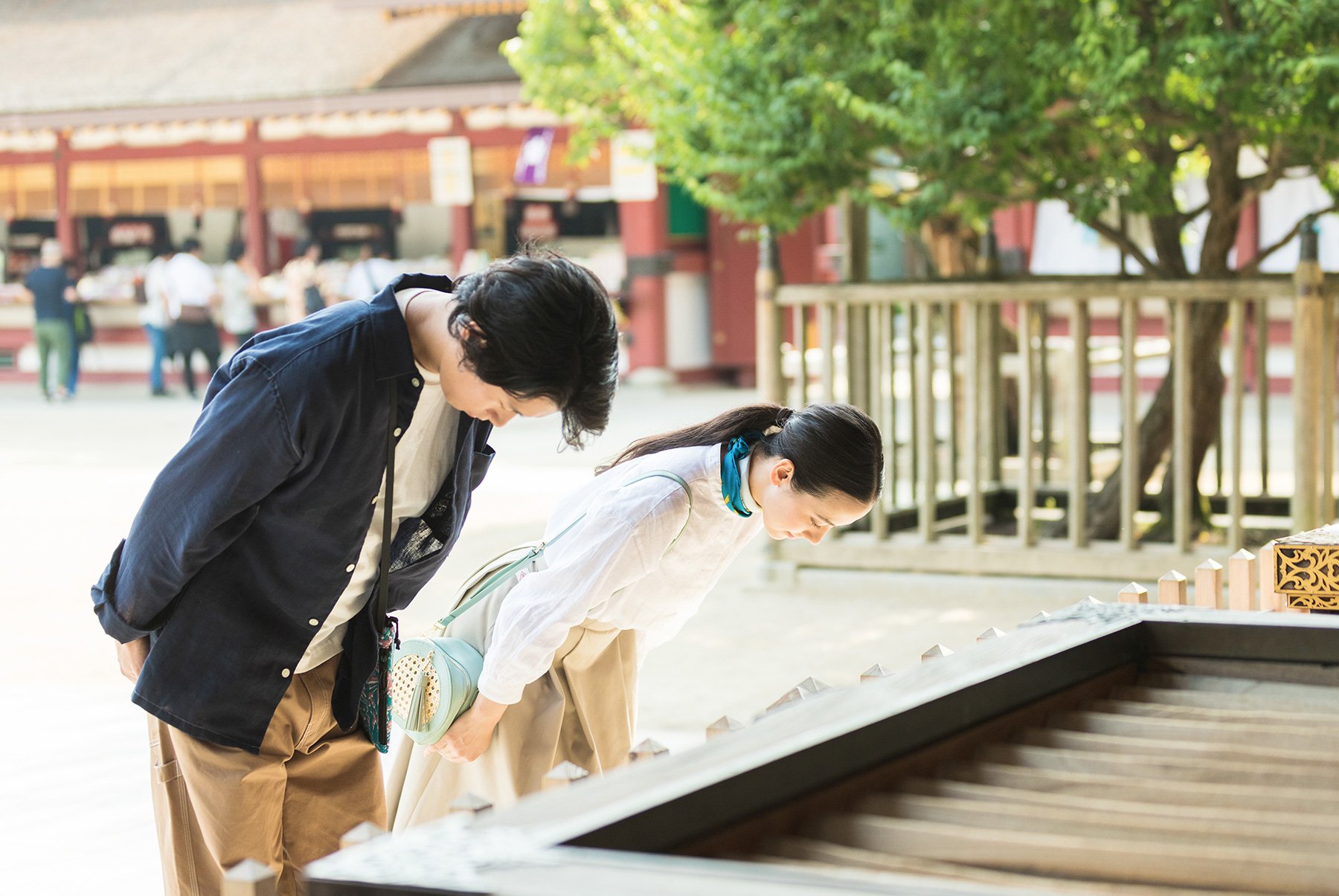
Anyone of any faith is welcome to offer a prayer to Tenjin—the deity of learning, culture, and the arts—who is enshrined at Dazaifu Tenmangu. After passing under the romon gate, cross the courtyard and approach the honden, or main sanctuary, directly in front of you. The building at the front of the honden is reserved for Shinto priests and worshippers receiving special blessings. Directly in front of the shrine is an offerings box. Approach the box and place a coin into it. Bow twice and then clap twice. Silently offer your prayer and, when ready, give a final bow. If you would like to enter the honden and receive a special blessing, please apply at the counter to the left of the honden.

Amulets

After offering a prayer at a shrine, it is customary to receive a blessing in the form of an amulet or a formal ritual carried out by a Shinto priest. You can arrange either at one of the amulet counters within the shrine grounds. Anyone can receive such blessings for a donation. Many visitors also choose to write their wishes on votive tablets, which they then display in the grounds. Look out for tablets written in many languages ranging from Japanese, English, French, and Spanish to Korean, Thai, and Chinese. If interested in knowing your fortune, draw an omikuji at one of the omikuji stations, and as a reminder of your visit, ask for a shuin, a beautiful paper commemorating your visit in beautiful Japanese calligraphy and stamped with the shrine's official seal.

